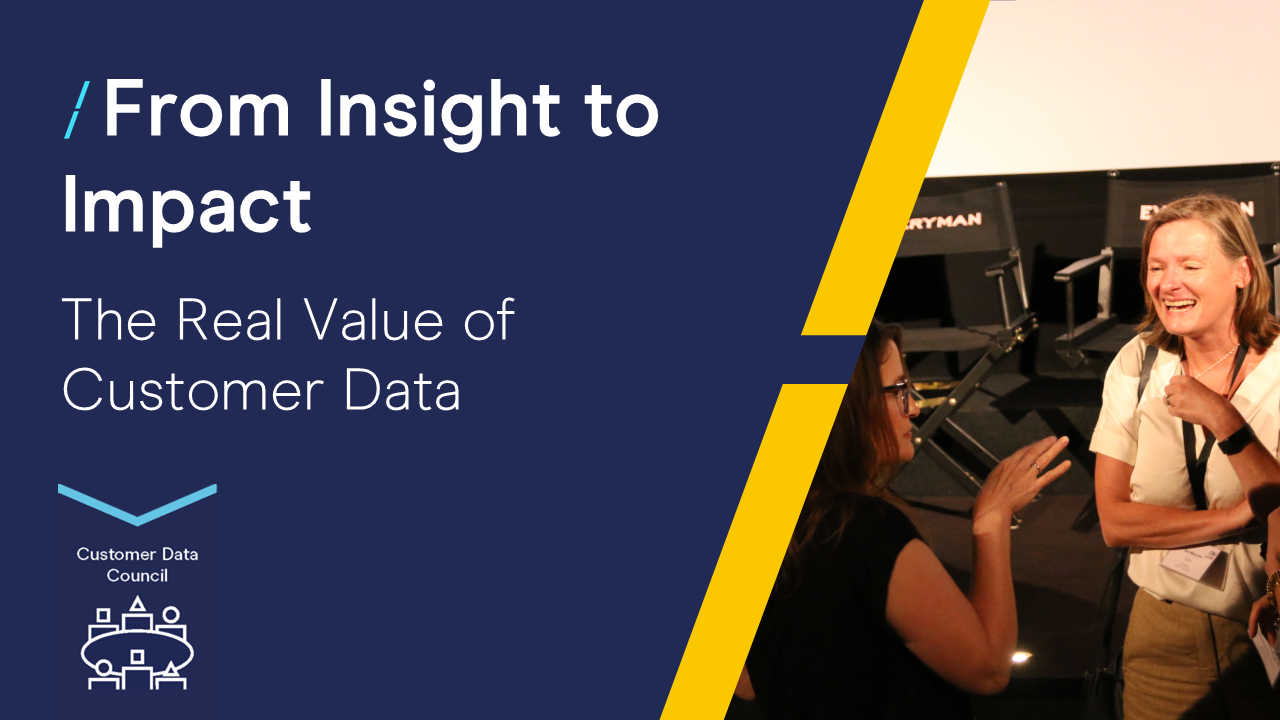How do you create or earn customer loyalty?
03 Jul 2019

According to the latest research from Yes Marketing, 53% of consumers are willing to pay more from retailers they are loyal to and 41% ranked quality and value as the key driver of their loyalty. Whether your business is consumer or business facing, the same logic applies: if you consistently demonstrate value to your customers, they will reward you with loyalty. We’ve broken down some of the different types of customer loyalty to examine how businesses can utilise their strengths and create or earn loyalty.
Owned loyalty
According to Breakthrough Analysis, owned loyalty is loyalty created from a lack of choice. On a local level, this could be based on proximity to particular services, whilst on a larger scale it can come down to products or services that dominate their market.
Example: A Mintel study has found that 90% of UK shoppers use Amazon and 40% have access to the ecommerce giant’s subscription service, Prime. Amazon has achieved owned loyalty via the sheer size of its ecommerce operations, so consumers use it as a first port of call for many retail purchases.
Paid loyalty
Paid loyalty refers to the incentives and rewards offered by some brands for their customers’ business. Whilst loyalty rewards don’t necessarily mean the brand’s products or services are cheaper than its competitors, the act of acknowledging people for their custom demonstrates value in a deeper sense. Furthermore, these models can also create elements of status amongst frequent customers, where exclusive previews and offers are awarded to a select number of loyal customers.
Example: American Express rewards its customers with points and exclusive offers that can be redeemed against big name brands, making its products more appealing over other competitors.
Earned loyalty
Customer loyalty is earned when a business does something exemplary or that goes above and beyond the standards in its field. This could be exceptional customer service, high quality products or perhaps a strong social responsibility approach.
Example: An example of a consumer-facing company that notably provides all of the above is the John Lewis Partnership. A good example of a B2B organisation that has earned its loyalty is CR Worldwide, renowned for its industry events and loyalty/incentive services.
Shared loyalty
When a customer is willing to actively recommend and advocate your brand, products or services, this is known as shared loyalty. Similar to earned loyalty in the sense that businesses must earn this type of loyalty from its customers, shared loyalty goes a step further in that its customers are actively advocating it, as opposed to being merely satisfied. However, once this reputation has been achieved, brands can utilise word of mouth, reviews and recommendations to leverage its offering.
Studies have found that “promoter” customers of B2B companies are likely to have a lifetime value of three to 12 times more than “detractors”, cost less to serve and buy more from the company.
Example: Streaming service, Netflix, often trends across digital platforms around anticipated releases or recommendations, attracting users via the interest caused via word of mouth.
Which type of loyalty is the most effective?
Whilst different types of customer loyalty are unique, organisations can utilise these approaches individually or within a mixed strategy to create or earn loyalty.
Something that each type of loyalty has in common is that they are most effectively achieved via a good multi-channel strategy – with customer feedback at its heart. Capturing rich, insightful customer feedback to inform your loyalty programme requires a proactive, multichannel approach potentially including surveys, post-purchase emails, social media or more complex telephone research.
At TTMC, we offer a full range of survey services including Voice of Customer, brand perception, customer satisfaction, Net Promoter Score, minority groups and more. Our skilled team of CATI specialists can help you go beyond measuring just satisfaction, delving deeper into the motivations and challenges your customers face to build long-term relationships, increase customer retention and stay ahead of your competitors.
If you’d like to discuss how we can help you create or earn loyalty amongst your customer base, get in touch with us today.


1.png)


Please login to comment.
Comments